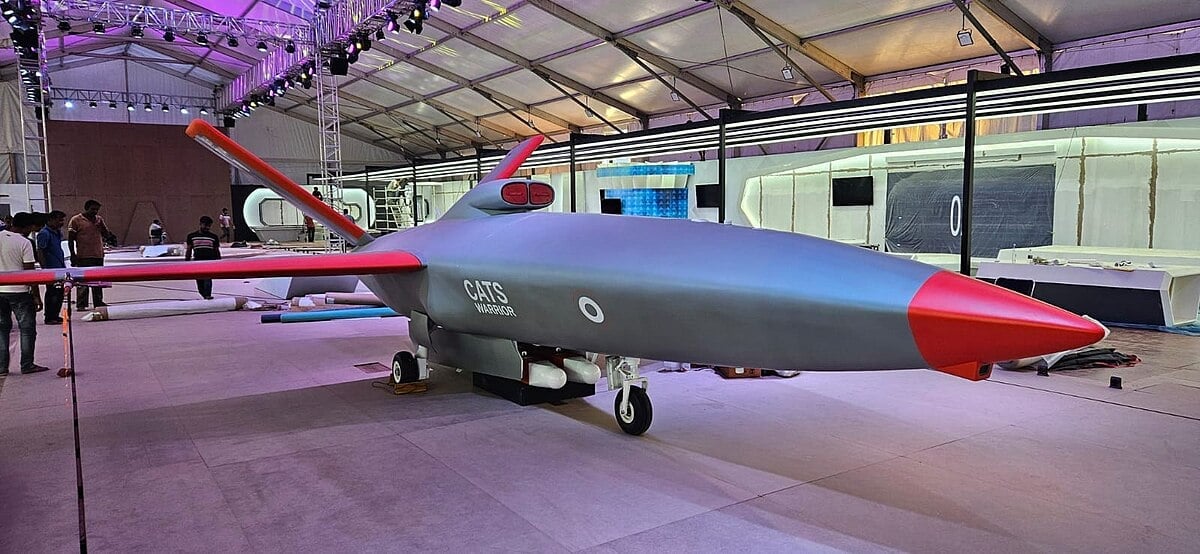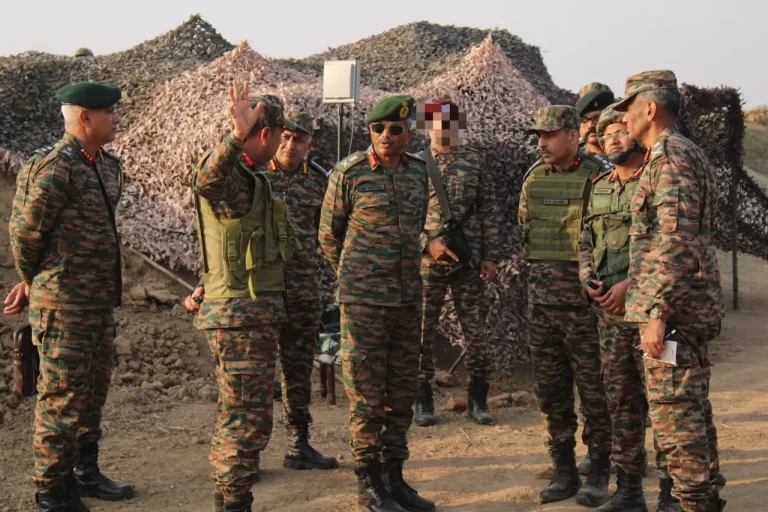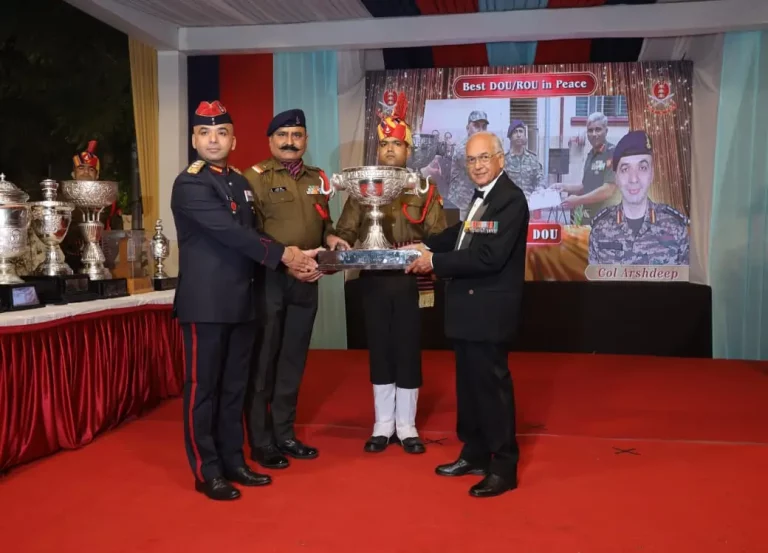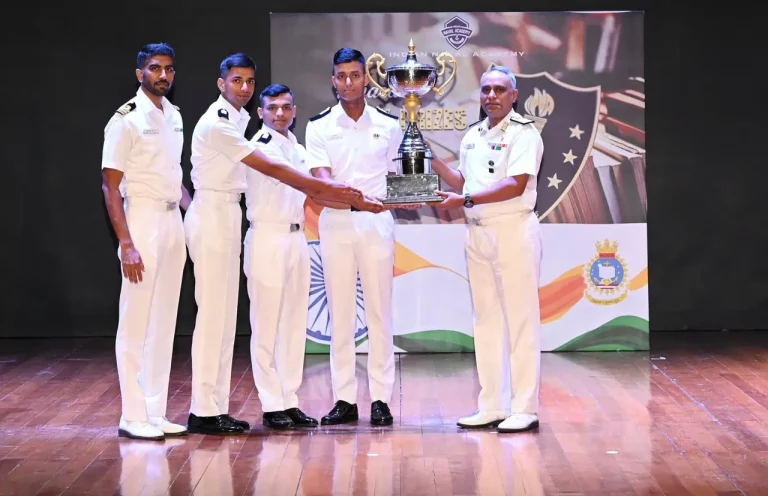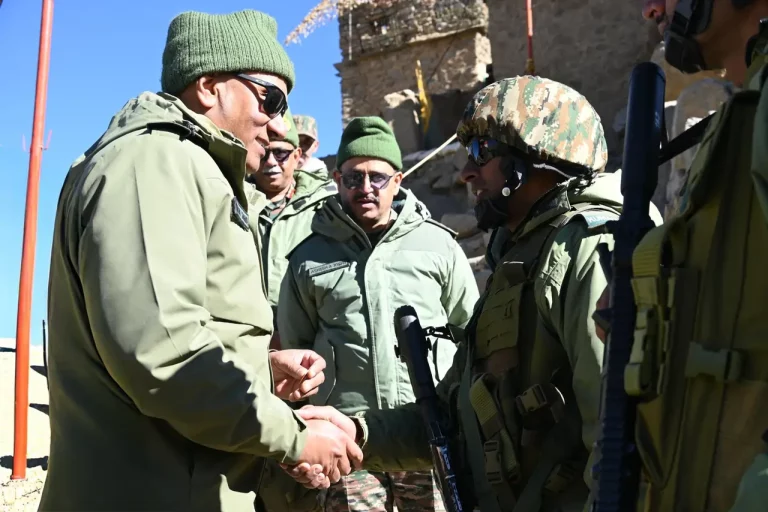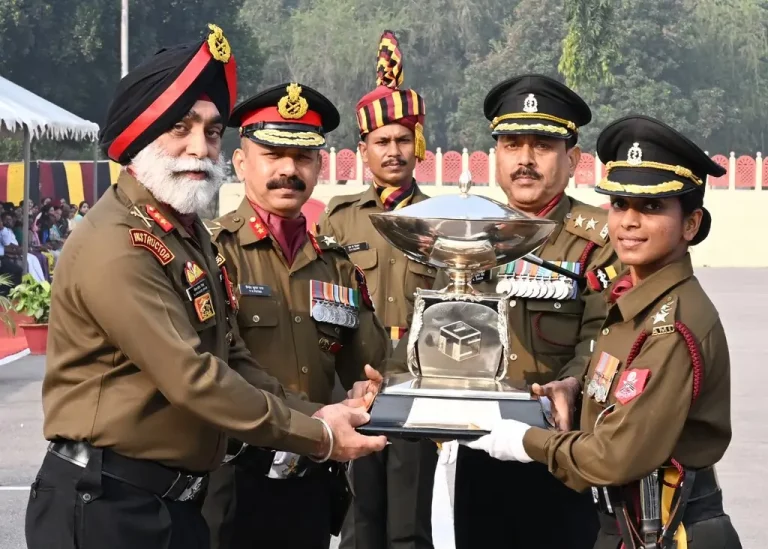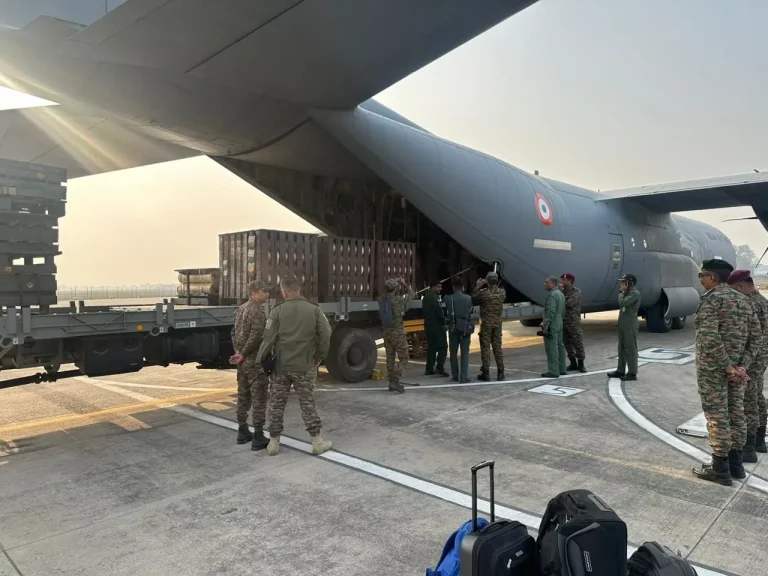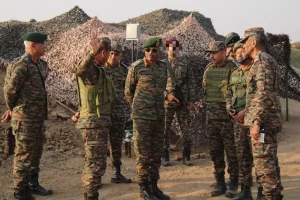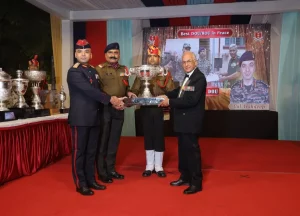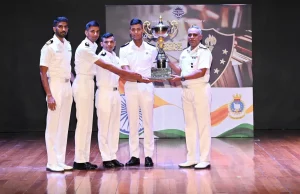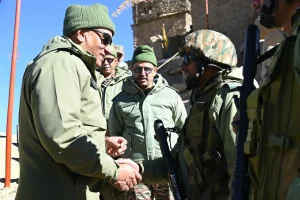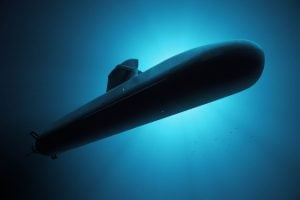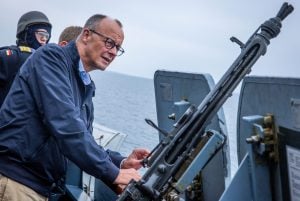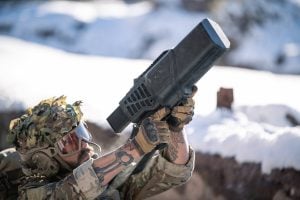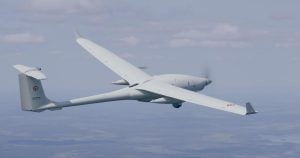Hindustan Aeronautics Limited (HAL) is undergoing a significant transformation focused on enhancing its fixed-wing combat aircraft programs, advancing indigenous research and development efforts, and fostering international collaborations. In an interview with FlightGlobal, HAL Chairman and Managing Director DK Sunil elaborated on the company’s strategic shift, highlighting several upcoming platforms, including the Tejas Mk2, the upgraded Su-30MKI, the Advanced Medium Combat Aircraft (AMCA), and the Combat Air Teaming System (CATS) Warrior.
The Tejas Mk2 stands out as a more sophisticated and digitally designed iteration of the Tejas Mk1A. Currently in development, component manufacturing and sub-assemblies are progressing well. HAL is on track to unveil the first prototype by early 2026, with subsequent ground checks and its maiden flight anticipated later that year. Utilizing 3D digital modeling and laser verification techniques, the design aims to enhance both accuracy and production efficiency.
Although the Indian government has not yet signed a purchase order, HAL projects the acquisition of at least eight squadrons of the Mk2—translating to approximately 100 to 130 jets—over the next decade. The Mk2 is expected to phase out aging Mirage 2000 and Jaguar fleets by the late 2030s.
Additionally, HAL is modernizing 84 Sukhoi Su-30MKIs. This initiative includes upgrades to avionics, sensors, and electronic warfare capabilities. While awaiting final clearance from the government, HAL has initiated engagement with suppliers and has begun preparations related to software and system upgrades. These efforts aim to ensure the Su-30MKI fleet remains operational well into the 2050s. Furthermore, HAL is reinstating its production line for the Su-30MKI in Nashik to fulfill a recent order for 12 aircraft, with the production ramp-up expected to take up to two years.
At its Koraput facility, HAL continues to produce AL-31FP engines for the Su-30MKI, with a recent order for 240 engines expected to support deliveries until 2032. Fortunately, supply chain challenges associated with Russian vendors have now stabilized.
On the stealth aircraft front, HAL is positioning itself significantly in India’s AMCA program. Despite the government’s encouragement for private sector involvement, HAL is considering participation in a consortium tasked with developing this fifth-generation fighter. The Aeronautical Development Agency has constructed a full-scale engineering demonstrator, with an expectation of around 120 units to be procured by the air force. This strategic shift aims to create job opportunities, stimulate competition, and enhance cost efficiency within India’s aerospace sector.
HAL is also revitalizing its intermediate jet trainer, now designated as HJT-36 ‘Yashas.’ Aimed at rectifying previous aerodynamic issues, the revamped model will feature a full-glass cockpit, with four units leased to the air force for evaluation. HAL envisions the Yashas as both an effective trainer and a potential light attack aircraft due to its advanced mission computer and weapon integration capabilities.
In parallel, efforts are underway to advance the CATS Warrior, India’s inaugural collaborative combat aircraft designed for operation alongside the Tejas. The integration of an engine into the CATS airframe has been successful, with datalink checks being conducted. The next phase will concentrate on flight control and aerodynamics, with a first flight targeted for 2027.
Reflecting on HAL’s evolution, Sunil mentioned a philosophical change from dependence on government contracts to a robust investment in internal research and development and joint ventures. Currently, HAL allocates approximately Rs25 billion ($300 million) annually for R&D initiatives.
Sunil emphasized the critical need to bolster domestic supply chains in response to global disruptions, notably those stemming from conflicts such as the Russia-Ukraine war. This environment drives the necessity for India to enhance local production capacity and attract international firms to establish manufacturing operations within the country.
With a burgeoning ecosystem that encompasses the AMCA, Tejas Mk2, helicopters, UAVs, and a variety of aerospace start-ups, HAL is optimistic about a transformative decade ahead for India’s aerospace landscape.
